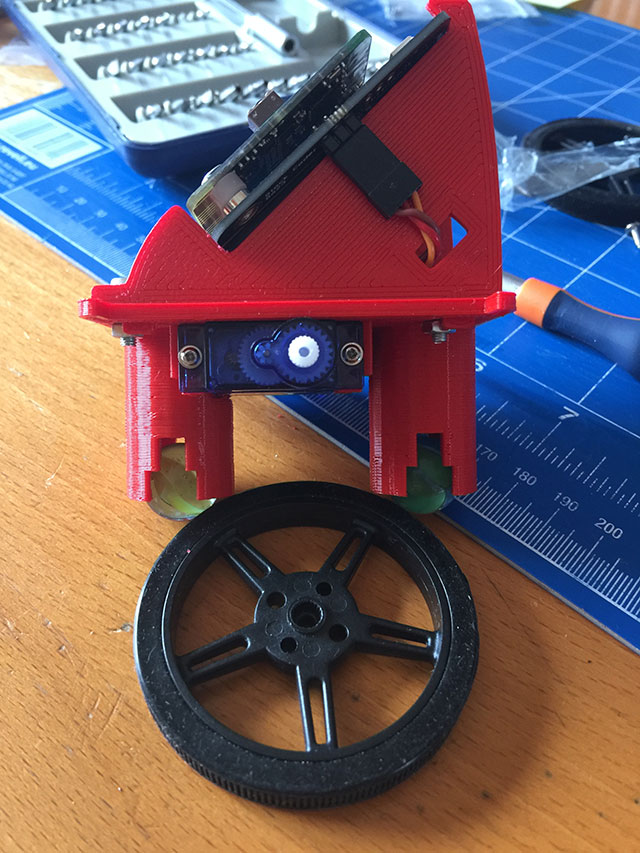

Their bot used to identify itself as Attentio/Nutch-0.9-dev Barkrowler They are still around but we have not seen their bot since 2010 so blocking them may not be very important.

Their bot used to be hostile and annoying. There is no benefit in having this waste bandwidth unless you are willing to pay for their services - in which case you need to allow it to get the data they collect about your site.Īttentio from Belgium describes themselves as "a corporate intelligence service". This belongs to a company offering SEO analytic services to paying customers. Allowing them may actually hurt you since many use them to setup sites with garbage content carrying the keywords similar to those used on your site in order to gain search engine traffic. These services are not at all useful if you're not one of their customers. They may be useful if you are one paying them and using them. Basically, you can register at these companies and pay them to tell you what web pages are on your website (along with other data). They are all run by different companies who all provide the same class of service: "Research" and "Analysis" to paying clients. The most well-known ones are AhrefsBot, BLEXBot, mj12bot and SemrushBot. These robots are used by closed services which are only available to paying customers. "SEO", advertisement other "research" robots 4.2 htaccess: For Less Friendly Yet Identifiable Bots.4.1 robots.txt: For Worthless But Conforming Bots.1 "SEO", advertisement other "research" robots.

The function below scans each line in the robots.txt to find the lines that start with the Sitemap: declaration, and adds each one to a list. These are generally stated in the robots.txt file, if they don’t exist at the default path of /sitemap.xml. One common thing you may want to do is find the locations of any XML sitemaps on a site.
#DOTBOT DISALLOW INSTALL#
Any packages you don’t have can be installed by typing pip3 install package-name in your terminal.Īllow: /researchtools/ose/just-discovered$ĭisallow: /community/q/questions/*/view_counts We’ll be using Pandas for storing our the data from our robots.txt, urllib to grab the content, and BeautifulSoup for parsing. To get started, open a new Python script or Jupyter notebook and import the packages below. You can also examine the directives to check that you’re not inadvertently blocking bots from accessing key parts of your site that you want search engines to index. Whenever you’re scraping a site, you should really be viewing the robots.txt file and adhering to the directives set. URLs from within, and write the includes directives and parameters to a Pandas dataframe. Tools urllib and BeautifulSoup to fetch and parse a robots.txt file, extract the In this project, we’ll use the web scraping This file, which should be stored at the document root of every web server, contains various directives and parameters which instruct bots, spiders, and crawlers what they can and cannot view. When scraping websites, and when checking how well a site is configured for crawling, it pays to carefully check and parse the site’s robots.txt file.


 0 kommentar(er)
0 kommentar(er)
